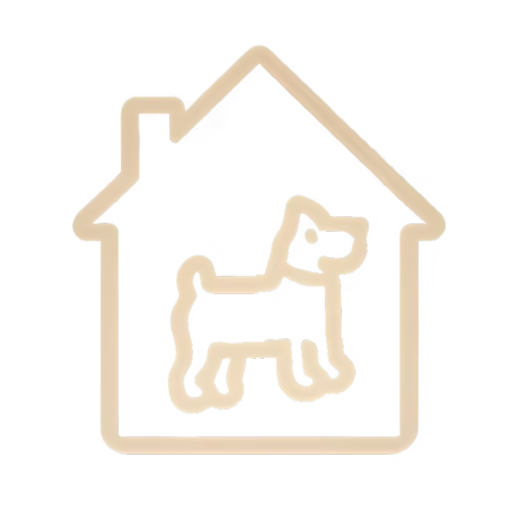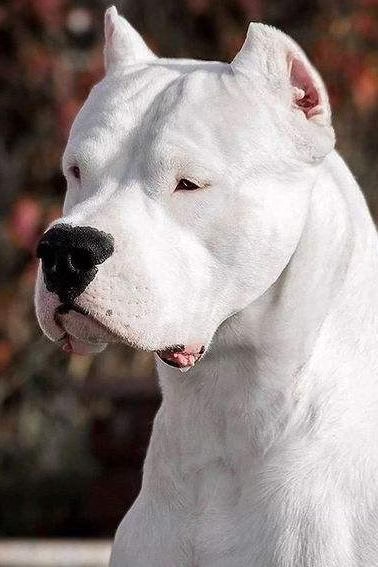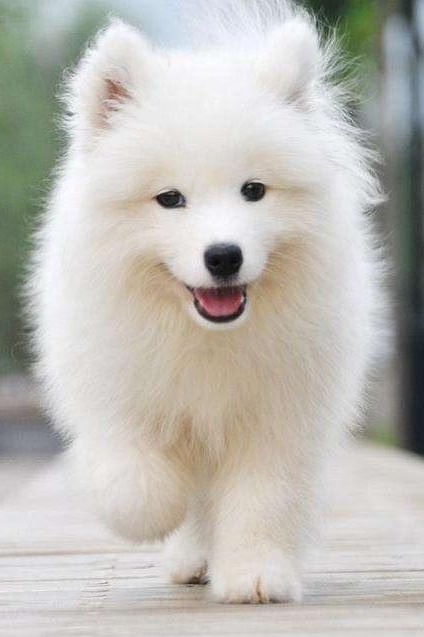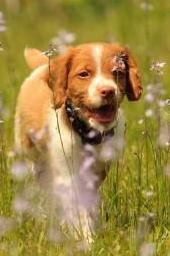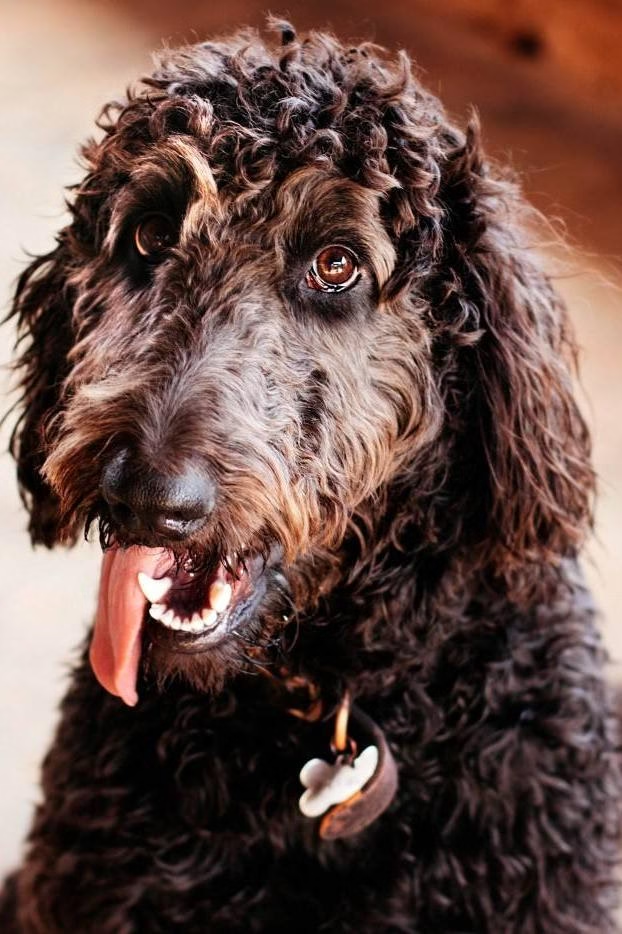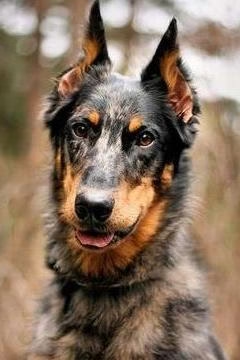How to Choose the Right Dog: Puppies, Adults, Size, Breed
Keeping a dog requires taking on corresponding responsibilities and is not as simple as taking it out for a walk.
The future of a pet is entirely up to its owner. So if you plan to adopt a dog, you must know that being a good pet owner requires time, energy and patience.
So before getting a pet, you should consider the age, gender, breed and other factors of your dog and make a careful choice.
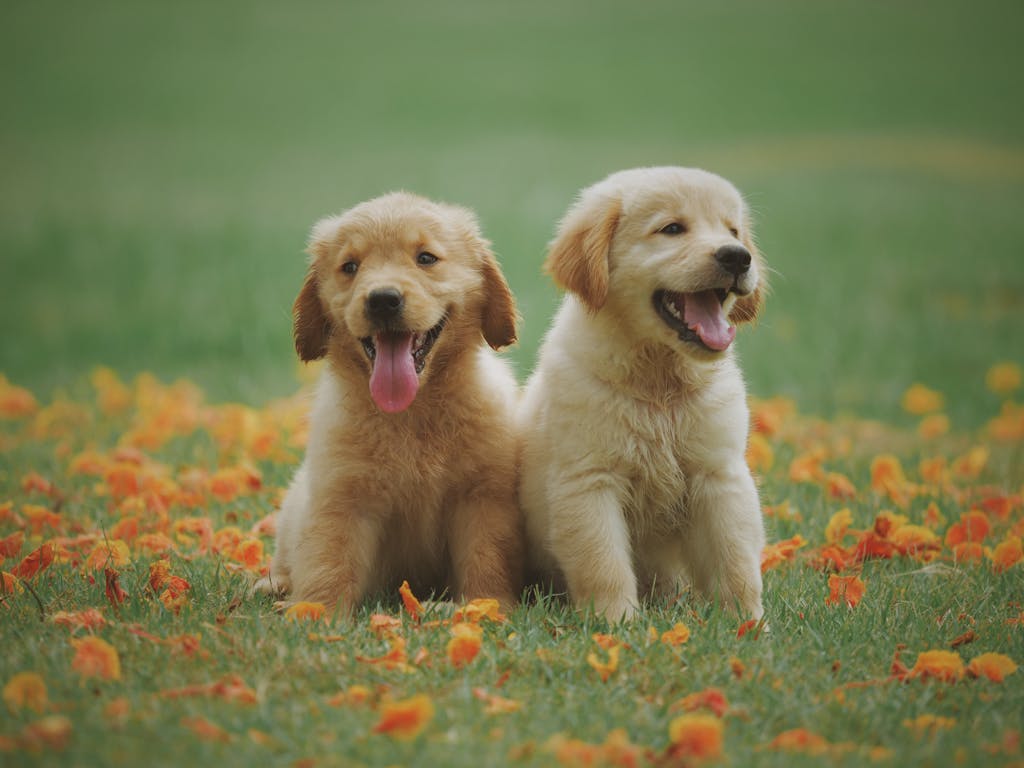
Ⅰ. When it comes to choosing a dog for the first time, which is better, an adult dog or a puppy?
Puppy
Most people would think that it is better to choose puppies than adult dogs.
Advantages:
First of all, puppies are very cute, adaptable and easy to train. More importantly, they can develop a deep bond with their owners.
Disadvantage:
But at the same time, it will also face problems such as weak constitution, easy illness, poor self-care ability, and the need for more care. It also takes a relatively long time to establish a good relationship with the puppy.
Adult dog
Advantages:
Relatively speaking, adult dogs have stronger living abilities.
Disadvantage:
But it’s not easy to build an emotional bond with it either. Some bad habits that have already been formed may need to be constantly corrected by the owner.
One point to note is that after a dog reaches the age of two, its behavioral habits and temperament are basically formed. They do not have as much behavioral flexibility as puppies, and the habits of adult dogs are often not easy to change.
Of course, if you choose an elderly dog, it might be another challenge. You need to give it double the care and attention for it to be happier.
So, when choosing between a puppy and an adult dog, the key lies in the needs of the owner. The prerequisite for choosing a puppy is knowing how to train it, having time for training, and having sufficient understanding of dog breeding.
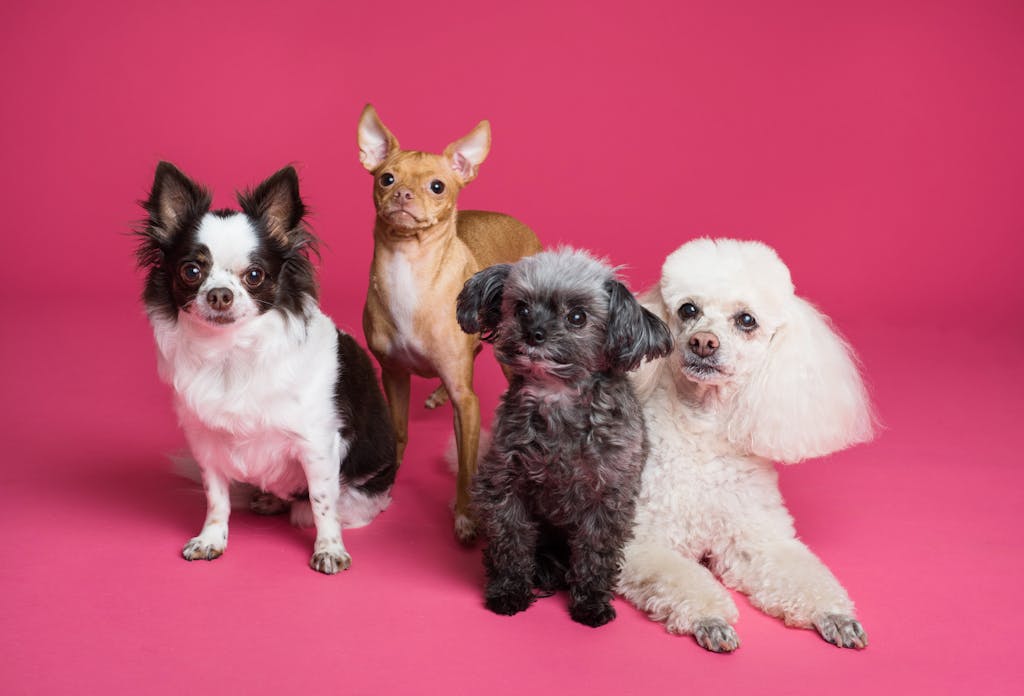
Ii. When getting a dog for the first time, is it better to choose a male or a female dog?
Whether male dogs or female dogs are easier to raise, everyone has their own opinion. For first-time dog owners, they may struggle for a while when it comes to choosing between a male and a female dog. Let’s take a look at the comparison of the advantages and disadvantages of male and female dogs below, hoping to provide some reference for future owners.
1 Shape
Like other animals in nature, male dogs are generally taller than female dogs and have prettier fur.
Adult male dogs will be stronger, more powerful and handsome.
2 Character
Male dogs are rather naughty, active and love a lively atmosphere. At the same time, male dogs have a strong instinct – to occupy territory. They will constantly expand their territory, so sometimes they can’t avoid fighting with other dogs. If a male dog is scolded by its owner, it will further stimulate its possessiveness, making it more aggressive and gradually it may no longer be so obedient.
Female dogs, on the other hand, are more obedient, easier to tame and cleaner.
3 Fertility
Female dogs come into heat approximately twice a year, meaning they give birth to a litter of puppies every six months. After giving birth to puppies, a female dog sheds a lot of hair and is not as beautiful as before.
After the age of one, male dogs may be overly attentive to female dogs regardless of the time and occasion.
The above are the characteristics of male and female dogs, each with its own advantages and disadvantages. It is hoped that future owners will choose according to their personal preferences.
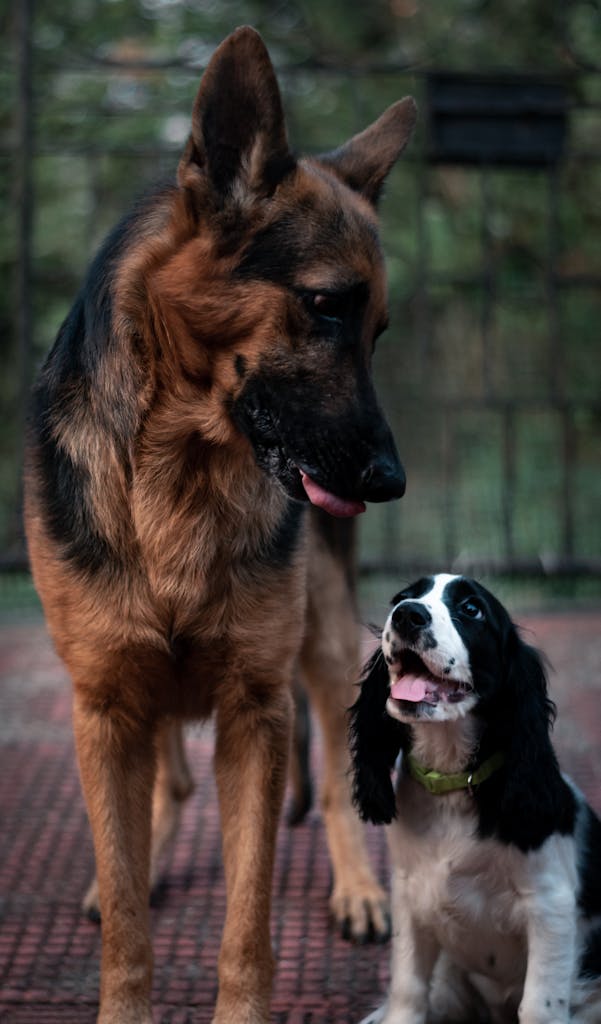
Iii. What size of dog is better to choose?
Dogs come in different sizes. Some people prefer large dogs while others like small ones. The feeling of raising them is completely different. Let’s take a look at the differences between keeping large dogs and small dogs.
1. The feeding costs are different
The biggest cost of feeding a dog is dog food. The dog food for a large dog in a day may be equivalent to that for a small dog in a month.
2. Different weights
Large dogs can be picked up when they are young, but when they grow up, they have a strong presence and are more like companions to their owners. They can’t be held even if you want to.
Even when they grow up, small dogs can be easily held in one’s arms and enjoy doting like pets.
Another difference brought by weight is that large dogs will touch their owners if they need something, much like a heavy pat. However, when a small dog touches it, it hardly feels anything.
3. Different amounts of exercise
Large dogs generally have a high demand for exercise, so it’s best to take them out to play every day. Otherwise, the excessive energy might cause them to cause trouble at home.
Whether a small dog goes out or not does not depend on its amount of exercise, but on its owner’s mood, because it can meet its exercise needs at home.
4. The feelings when being coquettish are different
A large dog is coquettish and asking for a hug, which is more like throwing its owner. Its kiss is more like washing its owner’s face.
When a small dog acts coquettishly, the owner can easily handle it with one hand and hold it for as long as they want.
5 The amount of stool varies.
Large dogs have a lot of feces, which is more troublesome to deal with, especially when they are out and about, as it can easily cause embarrassment.
Small dogs, on the other hand, produce much less feces, causing much less embarrassment for people.
Other differences include that large dogs have a good hand feel and can warm hands in winter.
Small dogs tend to bark more easily, especially when they first go out and take the elevator. Small dogs are more prone to tension. When stimulated, they are more likely to attack people and specifically bite the parts below the legs, making it very difficult for people to prevent. The probability of small dogs hurting people is much higher than that of large dogs.
There is one more difference. Generally speaking, large dogs have a shorter lifespan.
I previously posted an article about the lifespan of dogs. You can take a look: Do you want to know how old your dog corresponds to a human?
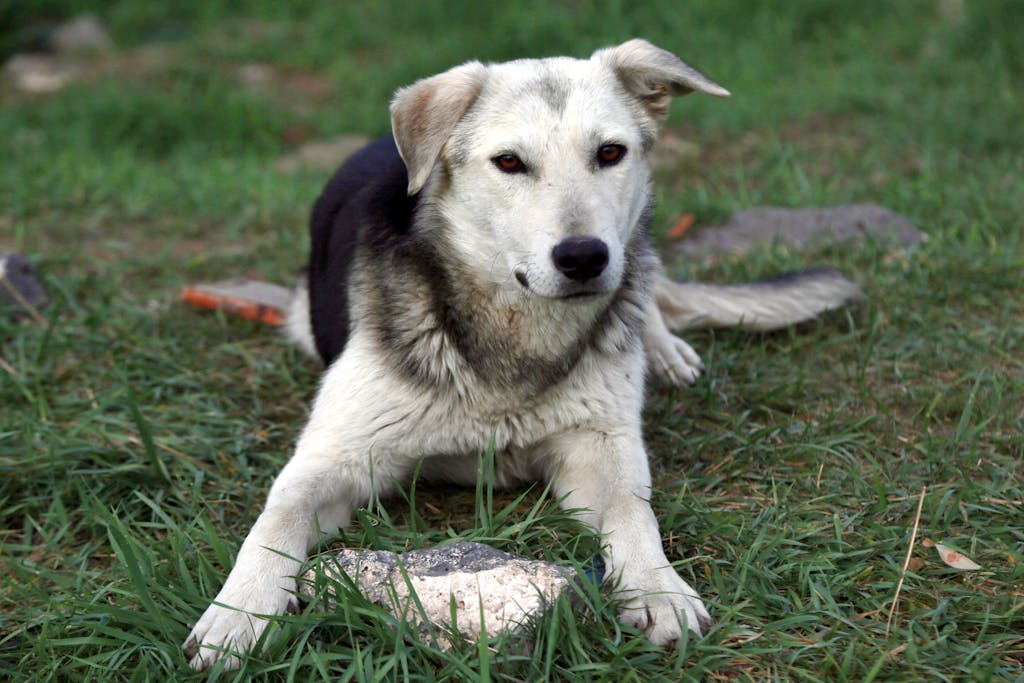
Iv. Is it better to choose a mixed-breed dog or a purebred dog?
Some people pursue purebred dogs and are even willing to spend a lot of money to buy them. Some people think that mixed-breed dogs are healthier than purebred dogs. This is called “hybrid vitality”. Purebred dogs are more likely to suffer from certain genetic diseases caused by certain genes than mixed-breed dogs, so they will buy mixed-breed dogs.
Researchers conducted extensive studies on the issues of mixed-breed dogs and purebred dogs, and finally narrowed the scope of the analysis to the most common genetic diseases among dogs. The research results show that the risk of genetic diseases is widespread in the general dog population and confirm that the probability of diseases in mixed-breed dogs and purebred dogs is almost the same.
So, whether it’s a mixed-breed dog or a purebred one, as long as the dog is in good health and can meet its own needs, that’s fine. In fact, there is no such thing as purebred dogs in the true sense. Many so-called purebred dogs are also artificially bred by crossing two breeds of dogs.
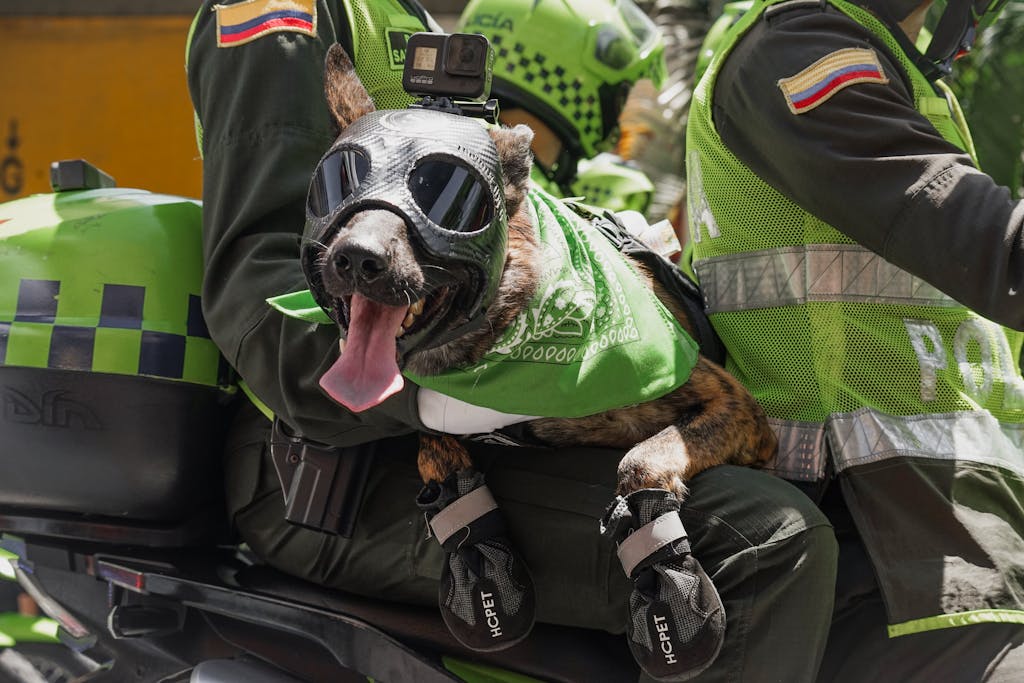
V. If you have special needs for your dog, how should you choose?
Before deciding to take a dog home, if you have any special needs, it’s a good idea to learn more about the characteristics of different breeds of dogs and what kind of dog can meet your special needs.
1. Dog breeds suitable for first-time dog owners
Among the wide variety of dog breeds, the following dogs are the easiest to raise, including:
- Golden Retriever Retriever
- Pekingese dog
- Pomeranian
- Border Collie
- French bulldog
- Labrador Retriever
- Poodle
- Samoyed dog
- Chinese Shar Pei
- Bichon Frise with Curly hair
- Chow Chow
- Beagle
- Dachshund
- English Cocker Spaniel
These dogs are easy to raise. They may be easy to manage or have a relatively gentle personality. Choosing one of them won’t go wrong.
2. Dog breeds suitable for the whole family to keep together
Nowadays, many people choose to keep dogs, but not every breed is suitable for the whole family to keep, especially for families with little babies. So let’s take a look at which dogs are suitable for the whole family to keep.
The following are dogs suitable for keeping as a family:
- Teddy
- Border Collie
- Golden Retriever Retriever
- Husky dog
- German Shepherd Dog
- Pekingese
- Labrador Retriever
- Beagle
- Schnauzer
- English Bulldog
Some of these dogs are rather gentle, some are naughty and cute, some are good at pleasing children and are their playmates. Some dogs don’t shed much, are easy to take care of, and are not prone to allergic reactions. Therefore, they are very suitable for the whole family to keep.
3. Dog breeds that are easy to get close to people
If dogs can be brought home and fed right after they are born, it might be easier to develop a bond. During its growth process, if the owner can spare time to play with it every day, it will trust the owner more and be more obedient.
There are many breeds of dogs, but some dogs are relatively more approachable to people. Let’s take a look at these dogs:
- Golden Retriever Retriever
- Ancient English Sheepdog
- Husky dog
- Labrador Retriever
- Alaskan Malamute
- Samoyed dog
- Pomeranian
- Eskimo dog
- Chow Chow
- Border Collie
- Saint Bernard dog
- Shar Pei
- Shiba Inu
- Butterfly Dog
- Scottish Shepherd Dog
4. Dog breeds with low sensitization
There is no dog that is 100% immune to human allergies; it’s just that some dogs have relatively fewer allergens. The cause of human allergies is a dog’s fur or the dander on its fur. If a dog sheds less fur, the degree of human allergy can be greatly reduced.
Let’s take a look at the dogs with low allergenicity:
- Bellington Terrier
- Bichon Frise
- Chinese crested dog
- Maltese dog
- Miniature Schnauzer
- Samoyed dog
5. Dog breeds that can serve as guards
The guard dogs have the following breeds:
- Tibetan Mastiff
- Husky dog
- Doberman
- Akita Dog
- Casro Dog
- Rottweiler
- Great Dane
- Samoyed dog
- Alaskan Malamute
- Great Pyrenees
- Saint Bernard dog
- Mastiff
- Lambog Dog
- Newfoundland Dog
- Portuguese water dog
- Bernese mountain Dog
- Pordo Dog
- Bullmastiff
- Hungarian Shepherd dog
- Punch Lion Dog
- German Pinsha
- Kuvaz dog
- Chinook Dog
- Giant Schnauzer
Some of these dogs have a very high sense of smell and can be used to detect drugs and explosives.
Some dogs are physically strong, quick-witted and highly vigilant, and can be sheepdogs.
Some dogs are strong and large in size and can pull sleds.
Some dogs are intelligent, have a good temperament, are stable, and their fur can withstand harsh climates, making them suitable as guard dogs.
Some dogs are gentle in nature and can lead the way for the blind, making them suitable as guide dogs.
6. A particularly intelligent and quick-witted dog breed
Some dogs have high intelligence. They are very smart and most of them can understand the meaning of an instruction after hearing it five times.
- Border Collie
The top spot goes to the Border Collie. The Border Collie has been used for herding sheep for many years. It is a herding dog breed and is not very suitable for urban life. It is energetic, intelligent, sensitive and agile. It can suddenly change direction and speed without losing balance and is recognized as the smartest dog. - Noble Lady Dog
The second one is the poodle. It is very intelligent and likes hunting. Nowadays, it is mostly kept as a pet. - Other smart dogs are:
- German Shepherd Dog
- Golden Retriever
- Doberman
- Shetland Terrier
- Labrador Retriever
- Butterfly Dog
- Australian cattle dog
7. A dog breed with talent
Different dogs excel in different areas, and humans also breed dogs purposefully based on their different uses.
- German Shepherd Dog
For instance, the breeding of herding dogs is to have them assist humans in herding. This ability is innate to herding dogs, such as German Shepherds, which are also often used as police dogs, guard dogs or search and rescue dogs. This breed of dog is robust in build, gentle in temperament, full of vitality, harmonious in limbs and highly obedient. It is widely used for military and police assistance, such as reconnaissance and drug detection, and is a world-renowned superior dog breed. - Some dogs have strong memory abilities, some can dance to music, some are understanding, and some are good at hunting. Let’s take a look at these dogs with different talents:
- Border Collie (good at herding sheep)
- Poodle (good at hunting in water)
- Golden Retriever Retriever (good at swimming)
- Doberman (good at hunting)
These are dogs with some kind of talent.
8. A dog breed with a peculiar and beautiful appearance
Some dogs have very little body fat and are good at jump shots. They are very intelligent and sometimes very stubborn. Due to their unique appearance, they are listed as the most expensive dog breed, such as the Pharaoh Hound.
- Pharaoh’s Hound
Other dogs that are either good-looking, calm in personality, or dignified in appearance and very clean include: - Afghan Hound
- Pomeranian
- Golden Retriever Retriever
- Shih Tzu
- Poodle
- Shetland Sheepdog
- Butterfly Dog
- Samoyed dog
- Husky dog
- Labrador Retriever
